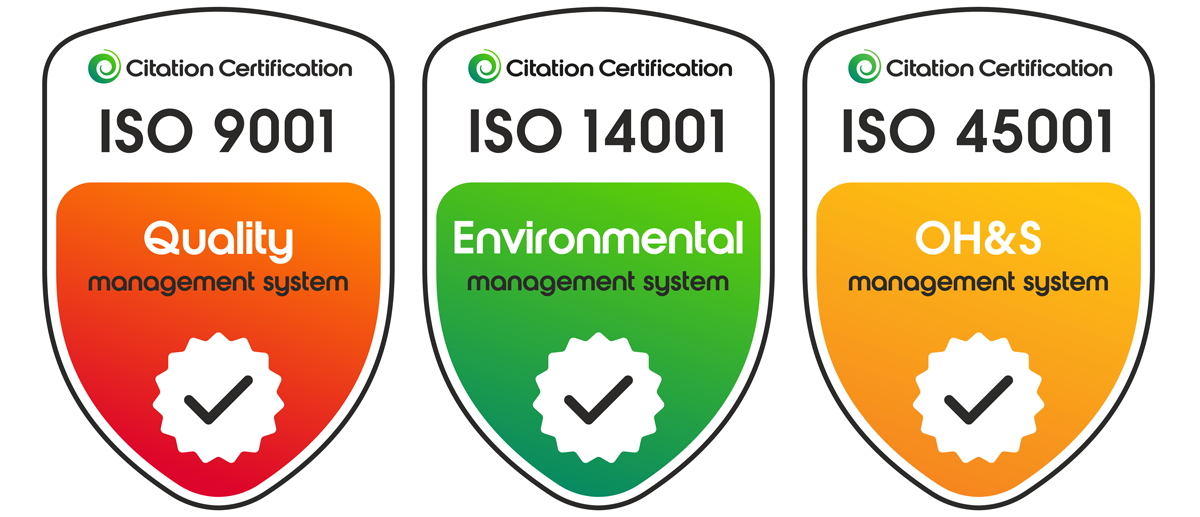Fishing has been an essential thread in human history, evolving from handcrafted tools to sophisticated systems guided by real-time data. Today, the most transformative advances arise not from replacing nature’s rhythms, but from listening to them—translating ecological signals into intelligent, adaptive fishing practices.
1. Introduction: The Evolution of Fishing – Merging Nature and Technology
Long before sonar and GPS, fishers relied on seasonal patterns, water temperature, and behavioral cues passed down through generations. Today, innovation thrives at the intersection of these ancestral wisdoms and cutting-edge technology—creating systems that respond dynamically to marine ecosystems rather than disrupt them.
1.1 Reimagining Innovation: Dialogue Over Displacement
Modern fishing technology no longer seeks to dominate marine life but to enter a responsive dialogue with it. Sensor arrays embedded in buoys, vessels, and gear now monitor real-time data—temperature, salinity, oxygen levels, and fish movement—before adjusting fishing tactics accordingly. This shift allows gear to adapt in near real-time, minimizing unintended harm and aligning human activity with natural cycles.
For example, acoustic deterrent devices now respond to local species behavior, reducing bycatch by up to 60% in pilot programs across the North Atlantic.
1.2 Sensor Data as a Natural Amplifier
Advances in bioacoustics and remote sensing offer unprecedented insight into underwater ecosystems. By capturing fish vocalizations and movement patterns, data streams inform predictive models that identify high-density zones without overfishing. Machine learning algorithms trained on decades of ecological data can now forecast optimal, low-impact catch areas with remarkable accuracy—bridging short-term efficiency with long-term sustainability.
Such systems exemplify the parent theme’s core insight: technology gains true value when it mirrors nature’s intelligence.
1.3 Adaptive Gear in Action: Learning from Ecosystems
True innovation emerges when fishing equipment evolves from static tools into dynamic participants in marine ecosystems. Case studies reveal adaptive nets equipped with sensors that detect species composition and automatically adjust mesh size, preventing juvenile catches. In the Baltic Sea, such gear reduced bycatch of vulnerable species by 73% while maintaining target harvest rates.
These examples prove that when technology listens—rather than imposes—it becomes a guardian of balance rather than a disruptor.
2. Ecosystem Intelligence: Translating Nature’s Wisdom into Smart Systems
At the heart of sustainable fishing lies ecosystem intelligence—the science of decoding biological signals and embedding them into operational systems. Bioacoustics, for instance, detects species-specific sounds to map fish aggregations without invasive sampling. When paired with long-term biodiversity indicators, this data trains AI models capable of predicting sustainable catch zones that reflect seasonal migration and breeding cycles.
| Ecological Indicator | Application in Smart Gear | Outcome |
|---|---|---|
| Fish vocalization patterns | Real-time species identification | Precise targeting, reduced bycatch |
| Temperature and oxygen gradients | Dynamic depth and location selection | Avoidance of sensitive habitats |
| Biodiversity health scores | Adaptive fishing windows | Seasonal closures aligned with spawning |
Yet, integrating ecological data into technology demands careful alignment with human realities. Algorithms must respect the intergenerational knowledge of fishers, whose intimate understanding often reveals nuances missed by data alone.
3. Ethical Dimensions: Designing Technology That Honors Both Fishers and Habitats
The parent theme “Fish Smart” calls not just for smarter tools, but for smarter governance—systems that honor both ecological limits and economic livelihoods. Adaptive management platforms now integrate fisher input through participatory data logging, ensuring gear adjustments reflect local knowledge and cultural practices.
Failed deployments warn us: technology divorced from wisdom—whether ecological or community-based—risks failure. In one Southeast Asian fishery, automated trawlers ignored seasonal migration cues, leading to sharp declines in catch and community trust.
4. Toward a Smart Future: Embedding Harmony into Innovation
The future of fishing lies in frameworks that weave ecological thresholds into real-time decision support systems—where every net, sensor, and algorithm acts as a steward, not a conqueror. Emerging tools use dynamic feedback loops that adjust operations when ecosystem stress indicators rise, ensuring fishing remains within sustainable bounds without sacrificing productivity.
Fish Smart is not a slogan—it’s a principle: progress measured not by how much we take, but by how well we coexist.
5. Returning to the Core: Fish Smart as Guiding Wisdom
At its essence, “Fish Smart” unifies the parent theme’s enduring truth: technology gains meaning when it serves both ocean and people in equal measure. It is progress measured not by extraction, but by harmony—where innovation listens, adapts, and protects.
The parent article’s insight—that technology and nature together shape modern fishing—finds its deepest expression in this principle. The true measure of smart fishing lies not in efficiency alone, but in preserving the wisdom that makes innovation meaningful and lasting.
“Fish Smart is the compass by which technology must steer—aligned with nature, rooted in respect, and guided by long-term harmony.”
| Key Insight | Takeaway |
|---|---|
| Technology must evolve as a responsive partner to ecosystems, not a disruptor. | Innovation thrives when it integrates ecological intelligence and human wisdom. |
| Sensor-driven systems enhance sustainability by adapting in real time. | Real-time data enables precision that protects biodiversity. |
| Ethical design requires co-creation with fishers and respect for cultural context. | Inclusive innovation prevents failure and builds trust. |





